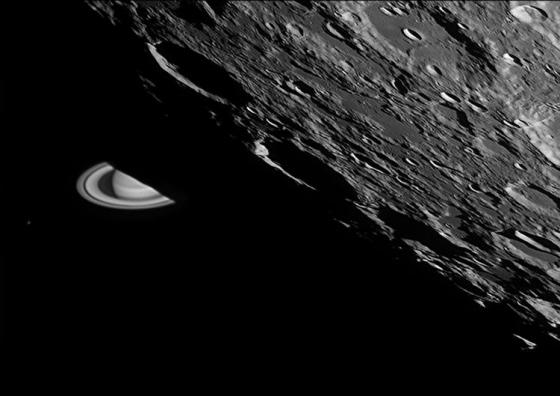On December 21, the two largest planets in the solar system, Jupiter and Saturn, will be very close to the sky. It is what astronomers call planetary conjunction.
Conjunctions between Jupiter and Saturn occur approximately every 20 years. This number comes out of taking into account the periods of revolution around the Sun of both planets: 11.8 years for Jupiter and 29.5 for Saturn. Thus, the last conjunction between these two planets was on May 28, 2000, and for the next, we will have to wait until October 31, 2040. But while in 2000 and 2040 the separation between the plants is greater than one degree, December 21 will only be 6 minutes of arc. In fact, it is the closest conjunction since 1623. For comparison, we think that the diameter of the Full Moon is 0.5 degrees or 30 arc minutes.
How to observe the conjunction
Both Jupiter and Saturn are planets easily visible to the naked eye. Jupiter (magnitude -2) will be somewhat brighter than Saturn (magnitude 0.6) during the conjunction. We'll have to wait for dark and look southwest. We can't get too distracted, since at 7:46 p.m., just a couple of hours after the Sun sets, both planets will set. For reference, at 6:30 p.m., they will be just over 11 degrees above the horizon. There will therefore be a horizon free of obstacles in the southwest direction to be able to enjoy the conjunction until the setting of the planets.
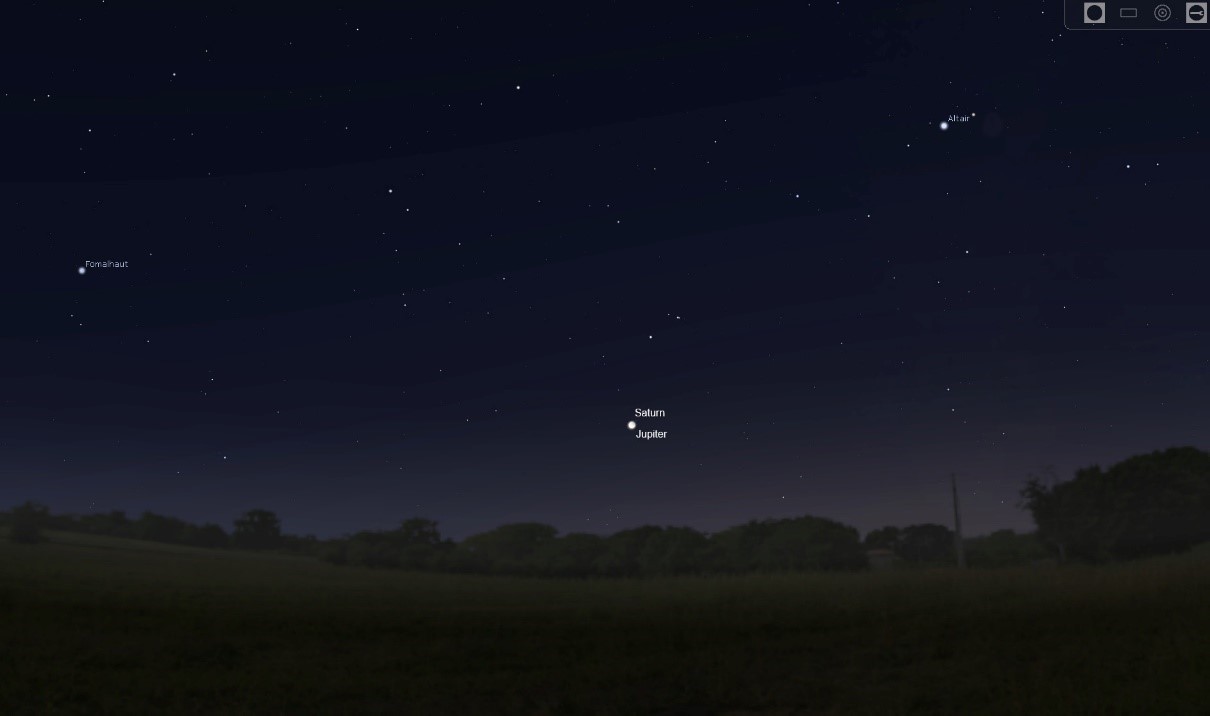
If we have a telescope, both planets will be visible simultaneously in the eyepiece field, if we do not work with too many magnifications.
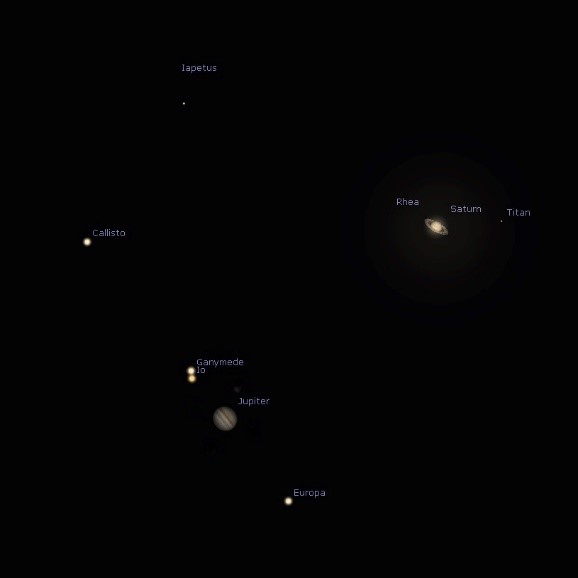
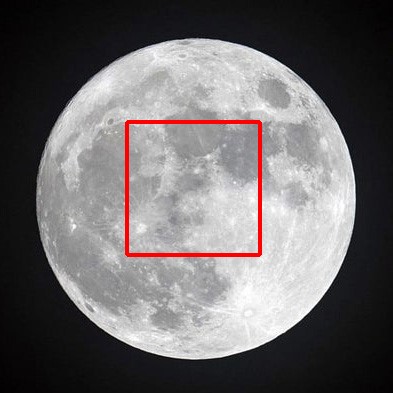
Some data
The following data are calculated for Barcelona. If you want to search in any other location, use the website https://serviastro.ub.edu/el-cel-del-dia
|
TIME |
|
HEIGHT |
|
|
17:25 |
Sunset |
20 |
Jupiter and Saturn still visible to the naked eye. |
|
17:57 |
Final civil twilight (Sun 6 degrees below the horizon) |
16 |
Jupiter and Saturn barely visible in the twilight. |
|
18:31 |
Final nautical twilight (Sun 12 degrees below the horizon) |
11 |
Jupiter and Saturn clearly visible |
|
19:05 |
Final astronomical twilight (Sun 18 degrees below the horizon) |
6 |
Jupiter and Saturn visible, very low above the horizon. |
|
19:46 |
Jupiter and Saturn sunset |
0 |
|
* Height of Jupiter / Saturn above the horizon in degrees.
Images of Jupiter and Saturn conjunction from Barcelona
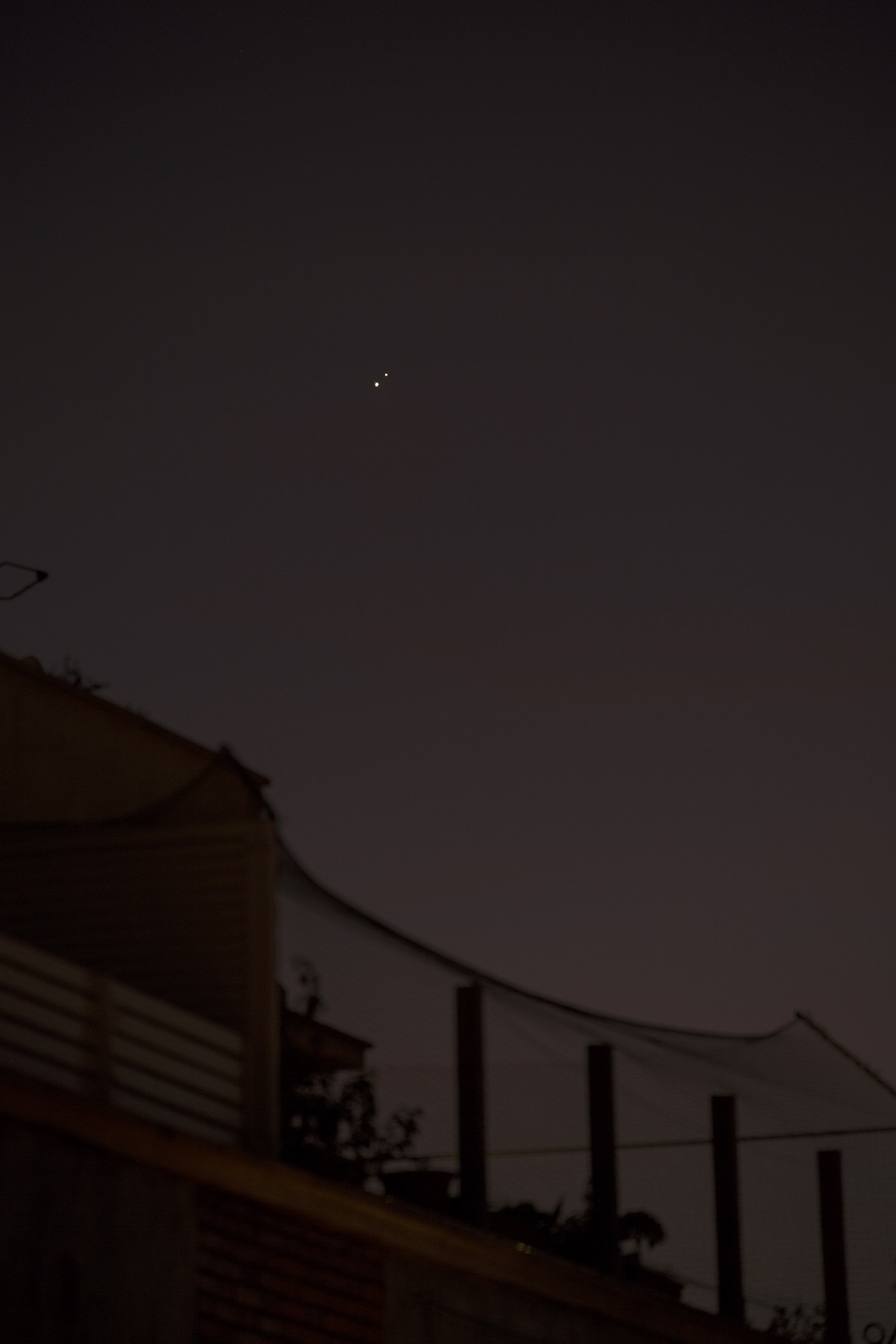
Credit: Eduard Masana
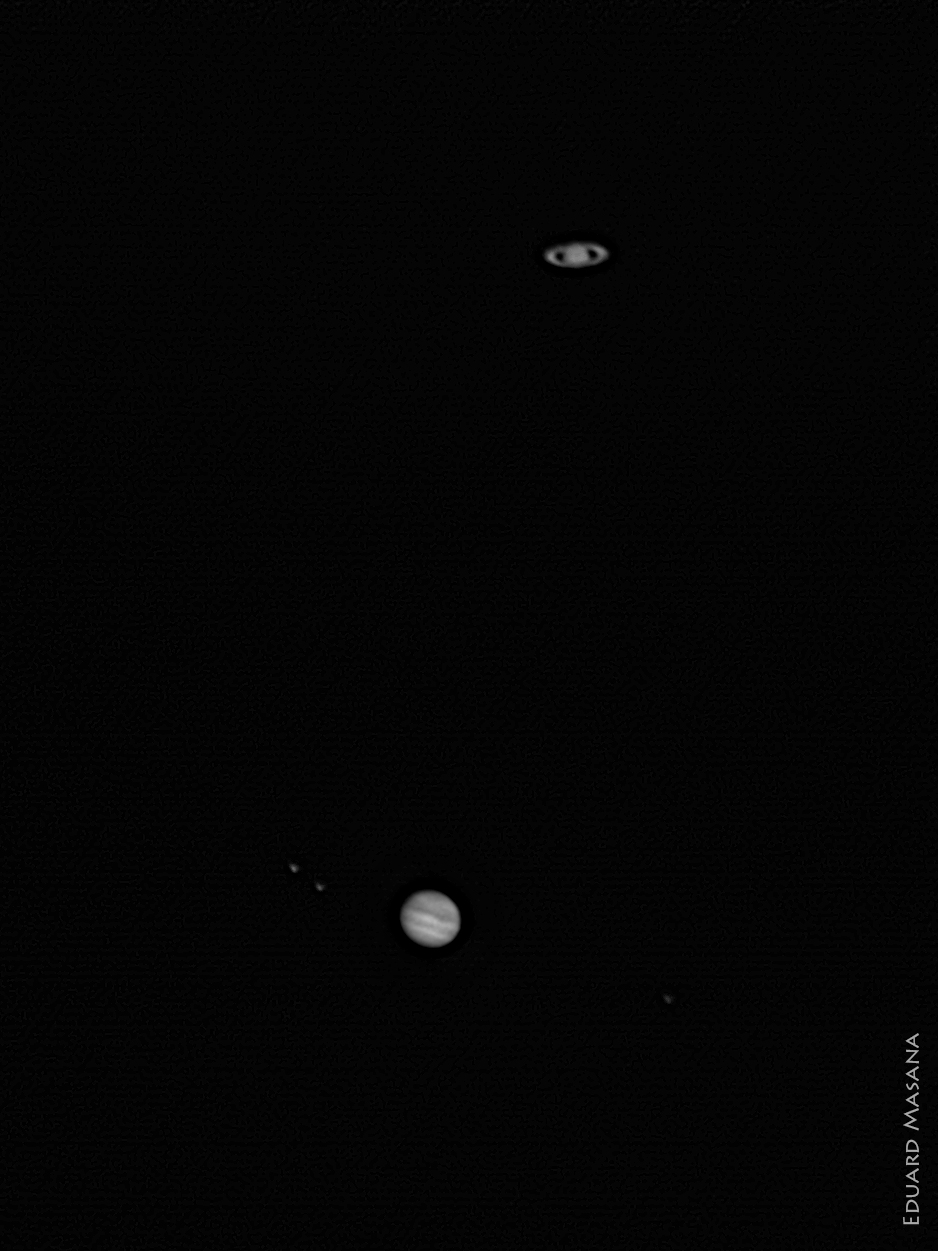
Credit: Eduard Masana
About the author
Eduard Masana is an astronomer and researcher of the Gaia group at the Institute of Cosmos Sciences of the University of Barcelona and a member of the Institute of Space Studies of Catalonia. In recent years, he has developed the Gaia GASS simulator and his research is focused on determining stellar physical parameters from photometric data. Masana also participates in several outreach activities, giving talks to the general públic and organizing astronomical observations. He is the creator of the Eclipse 2.0 application for calculating eclipses and planetary transits. His outreach activity places a particular emphasis on Gaia, with the aim of making the mission known to the general public, students or astronomy fans. He is also a member of the editorial board of the Gaiaverse outreach portal.
